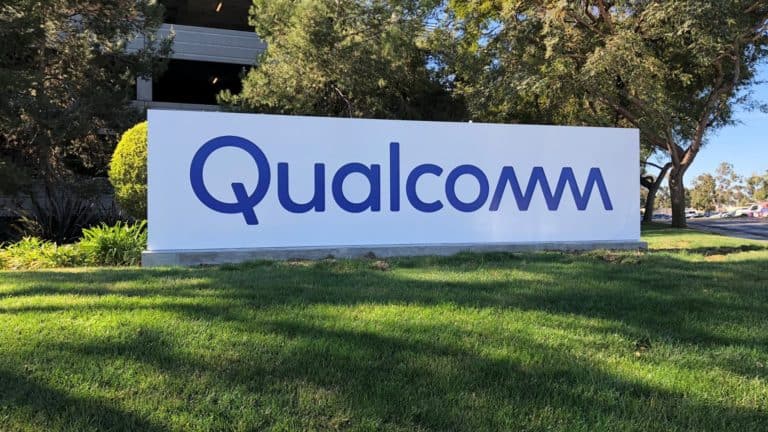The company hopes to leverage the design to accelerate 5G adoption in new market segments
On Wednesday, Qualcomm announced its new Snapdragon X65 and X62 5G M.2 Reference Designs for accelerating 5G adoption across industry segments.
The targeted segments include PCs, Always-Connected PCs (ACPCs), laptops, Customer Premises Equipment (CPEs), XR, gaming and other mobile broadband (MBB) devices.
The new reference designs are powered by the company’s 3GPP Release 16 5G modem-RF solutions. These Snapdragon X65 and X62 5G Modem-RF Systems support unmatched spectrum aggregation. They also support global 5G sub-6 and extended-range mmWave, and high power-efficiency.
The company claims the new products are possible thanks to the world’s first 10 Gigabit 5G solution, the Snapdragon X65 5G M.2. This Reference Design brings state-of-the-art 5G capabilities to OEMs across mobile broadband product categories. The plug-and-play M.2 form factor allow OEMs to reduce time to launch for high-performance 5G-enabled products.
Why the new Snapdragon designs are important
Now more than ever, consumers demand more and expect more from their devices, the company said. The new reference designs “bring cutting edge global 5G capabilities in an easy-to-use form factor and interface.”
This allows OEMs across multiple verticals to fast-track sub-6 and mmWave 5G-enabled devices in additional segments.
The Snapdragon X65 and X62 5G M.2 Reference Designsare currently available to Qualcomm customers. With M.2 5G cards based on these new reference designs, consumers can enjoy the 5G connected experience in a wide range of connected products, Qualcomm said.
Durga Malladi, Qualcomm’s senior vice president and general manager, 4G/5G, explained the importance of the designs. “We’ve seen a dramatic growth in data consumption as a result of remote work and higher mobility,” he said.
“To help meet this data demand and create exciting new products and experiences, our new 5G M.2 Reference Designs tackle many 5G design complexities upfront so that OEMs don’t have to.”
“We are empowering the ecosystem to bring next generation Release 16 5G products as early as late 2021 and helping create new business opportunities across computing, CPEs, XR, gaming, industrial IoT and beyond.”
